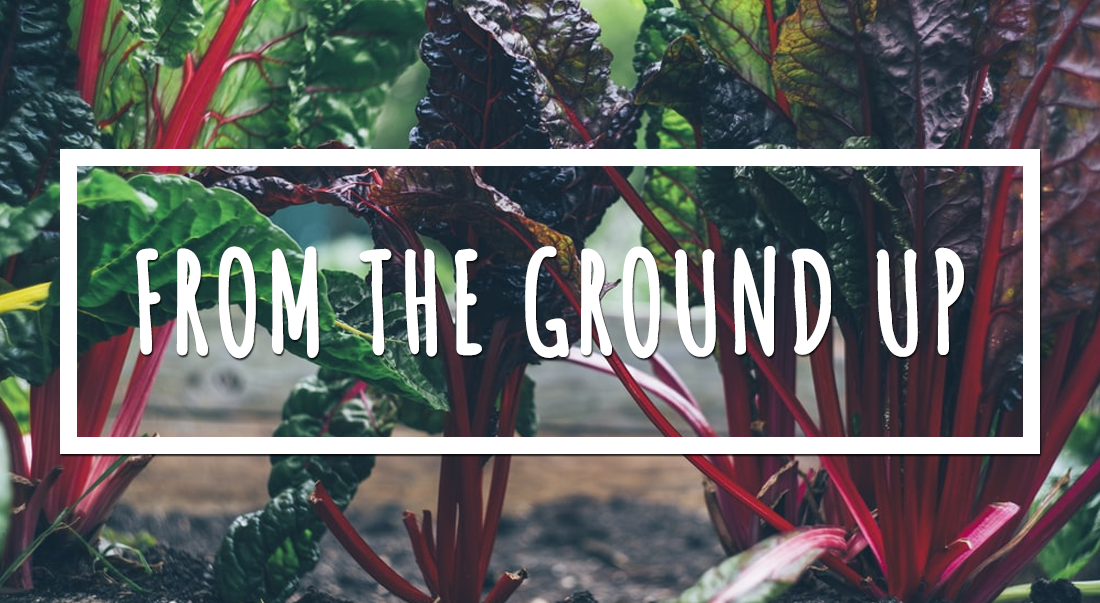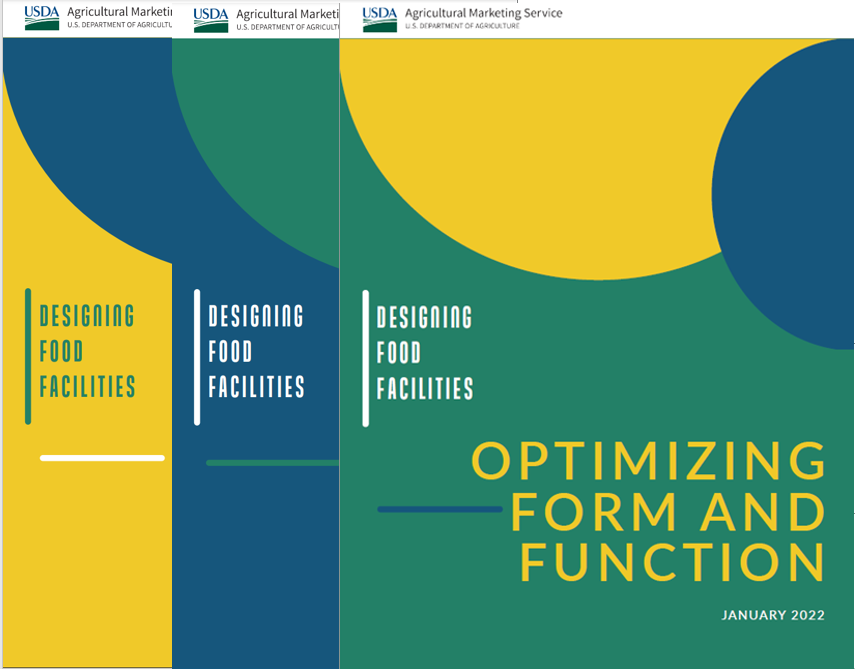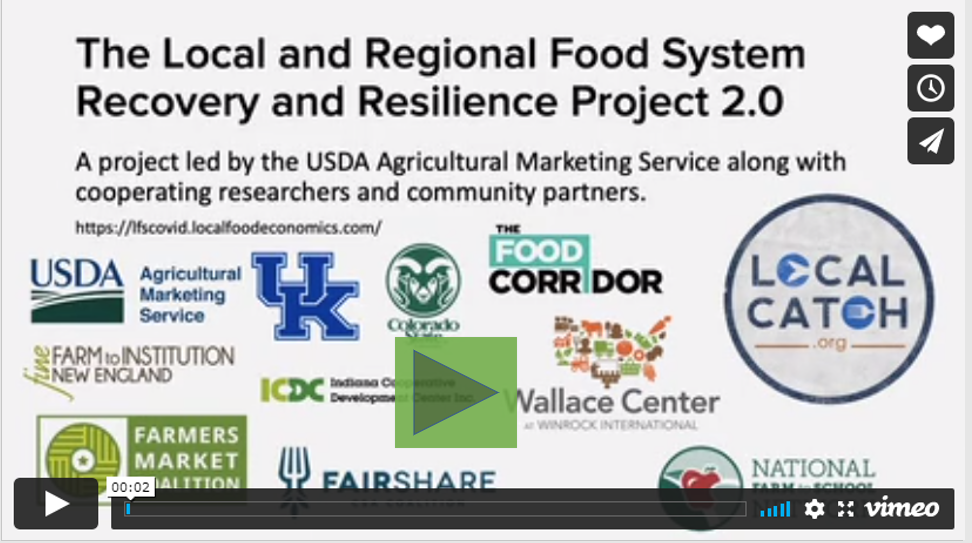 Coming Soon
The Specialty Crop Block Grant Request for Applications was announced more than two months earlier than last year! Grants applications are opening earlier so that applicants can receive projects funds sooner in the year. Check out the resources below to prepare for AMS grant application season:
- Read past requests for applications to understand requirements
- Find summaries of past grant awards on each grant program’s page (LFPP, FMPP, RFSP)
- Obtain a tax identification number
- Obtain a DUNS number*
- Register with SAM.gov
- Create a Grants.gov profile
- Explore Seeds to Success for example Farmers Market and Local Food Promotion Program projects
* Note that federal government is transitioning the DUNS number to the UEI on
April 4, 2022. See Transitioning the Government’s Entity Identifier for more information.
Farm and Food Workers Relief Grant – Applications due March 10
USDA is accepting applications for the new Farm and Food Workers Relief (FFWR) grant program. The program provides $665 million to fund competitive grant applications to provide relief to farmworkers and meatpacking workers who incurred pandemic-related health and safety costs. Eligible state agencies, tribal entities and non-profit organizations serving farmworkers and meatpacking workers can apply now through March 10, 2022, at www.grants.gov for grants ranging from $5 million to $50 million.
Specialty Crop Block Grant Program - Applications due May 3
USDA announced the availability of $72.9 million through the Specialty Crop Block Grant Program (SCBGP) to fund innovative projects designed to support the expanding specialty crop sector and explore new market opportunities for U.S. food and agricultural products.
The SCBGP funds are allocated to U.S. states and territories based on a formula that considers both specialty crop acreage and production value. Interested applicants should apply directly through their state departments of agriculture. AMS manages this grant program and a listing of state contacts is available on its website. Applications from the states and territories must be submitted electronically through www.grants.gov by 11:59 p.m. Eastern Time on May 3, 2022. For more information about grant eligibility, visit the SCBGP website or contact the SCBGP Team at scbgrants@usda.gov.
On April 4, 2022, the federal government, including the USDA, will transition away from using the DUNS Number as its entity identifier and will begin using the new, government-owned Unique Entity ID (SAM).
This federal-wide initiative will streamline the entity identification and validation process, making it easier and less burdensome for organizations and individuals to do business with the federal government. In fact, after April 4, entities will no longer need to go through a third-party website to obtain their identifier; the Unique Entity ID (SAM) will be issued in the federal SAM.gov system.
The new Unique Entity ID will be required when applying for grant and cooperative agreements, as well as when registering as a contractor for the federal government. If your organization is registered in SAM.gov today, your Unique Entity ID has already been assigned and is viewable in your SAM.gov entity registration. The Unique Entity ID is currently located below the DUNS Number on your entity registration record. Remember, you must be signed in to your SAM.gov account to view entity records.
Before the April 4 transition date, entities must still obtain a DUNS Number from Dun & Bradstreet at https://fedgov.dnb.com before registering in SAM.gov, the Unique Entity ID will be assigned at SAM.gov during registration. You can find more information about this transition on the GSA’s Entity Identifier Update webpage at https://www.gsa.gov/entityid.
 This series, Designing Food Facilities, shares the basics of USDA’s free architectural services and the design process for new or renovated farmers markets, food hubs, community kitchens, or mixed-use facilities.


As the pandemic continues, we are continuing to work with a variety of partners to learn how communities are responding to changing needs and to explore tools for preparing and strengthening our food system into the future. This video and factsheet provide helpful overviews of the project’s goals for the new year. The project is made up of three key components – the network of networks, the resilience playbook, and data and metrics.
The Local Food Environment: Data Sharing Across Local Food Networks Webinar – March 11
Data and metrics to support understanding, planning, and evaluation of local and regional food system (LRFS) activities are both evolving and siloed. In this webinar, we will hear from LRFS leaders about innovative and accessible ways to collect, analyze, and use data to improve their ability to foster more equitable and resilient food systems. We also want to hear from you about your communities’ data successes and challenges and how this project can support your efforts.
|
 |
On February 25, the Agricultural Outlook Forum will include a session titled, Leveraging Data to Build Resilient Local and Regional Food Systems. This panel will highlight local food system practitioners who incorporate data into their regular business strategy and share how to use data to build a sustainable business and resilient food system. Panelists will discuss how they use data, including USDA resources, and explore how it helps food systems stakeholders grow their businesses and create more connected supply chains.
 |
|
Celebrate and support Community Supported Agriculture (CSA) during CSA week from
February 20 – 26, 2022. See more details here for the current CSA week participants, as well as for access to the CSA Innovation Network’s digital toolkit to help promote your farm or organization. |
Each month, we’re highlighting the work of Farmers Market and Local Food Promotion grant recipients.
Collective Harvest
 Collective Harvest, based in Athens, Georgia, began in 2015 when three farms decided that instead of competing, they would collaborate to expand and optimize the efficiency of their Community Supported Agriculture (CSA) operations. In 2017, Collective Harvest received a Farmers Market Promotion Program (FMPP) grant to improve distribution and product availability and grow the number of producers working with the business. Grant funding enabled Collective Harvest to invest in labor and refine their business model.
|